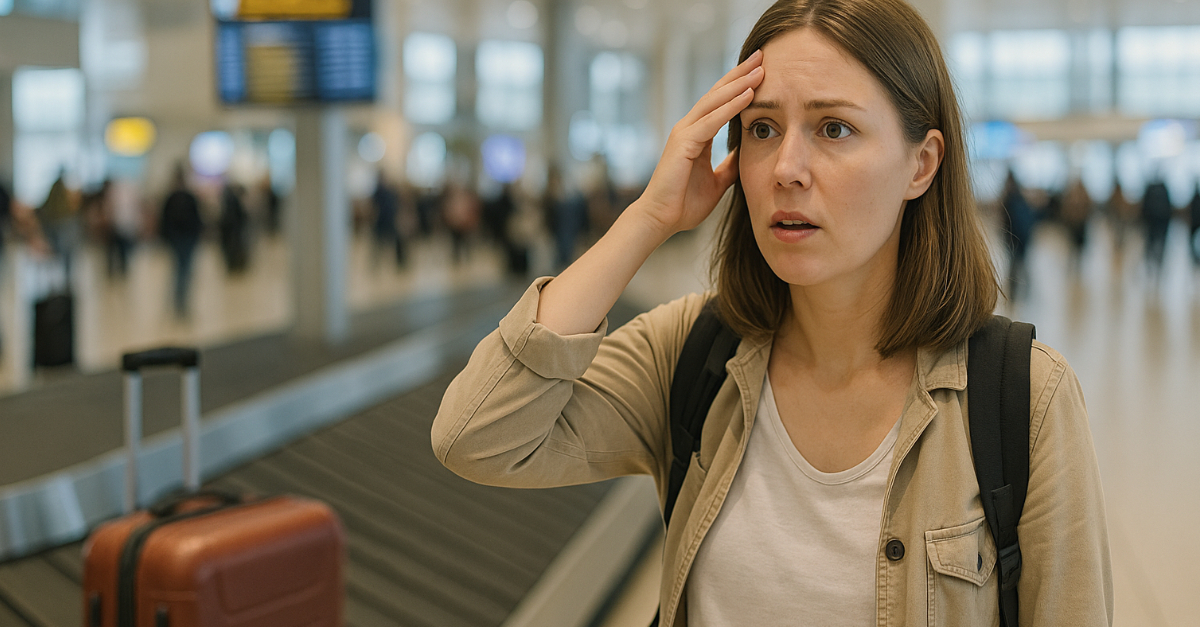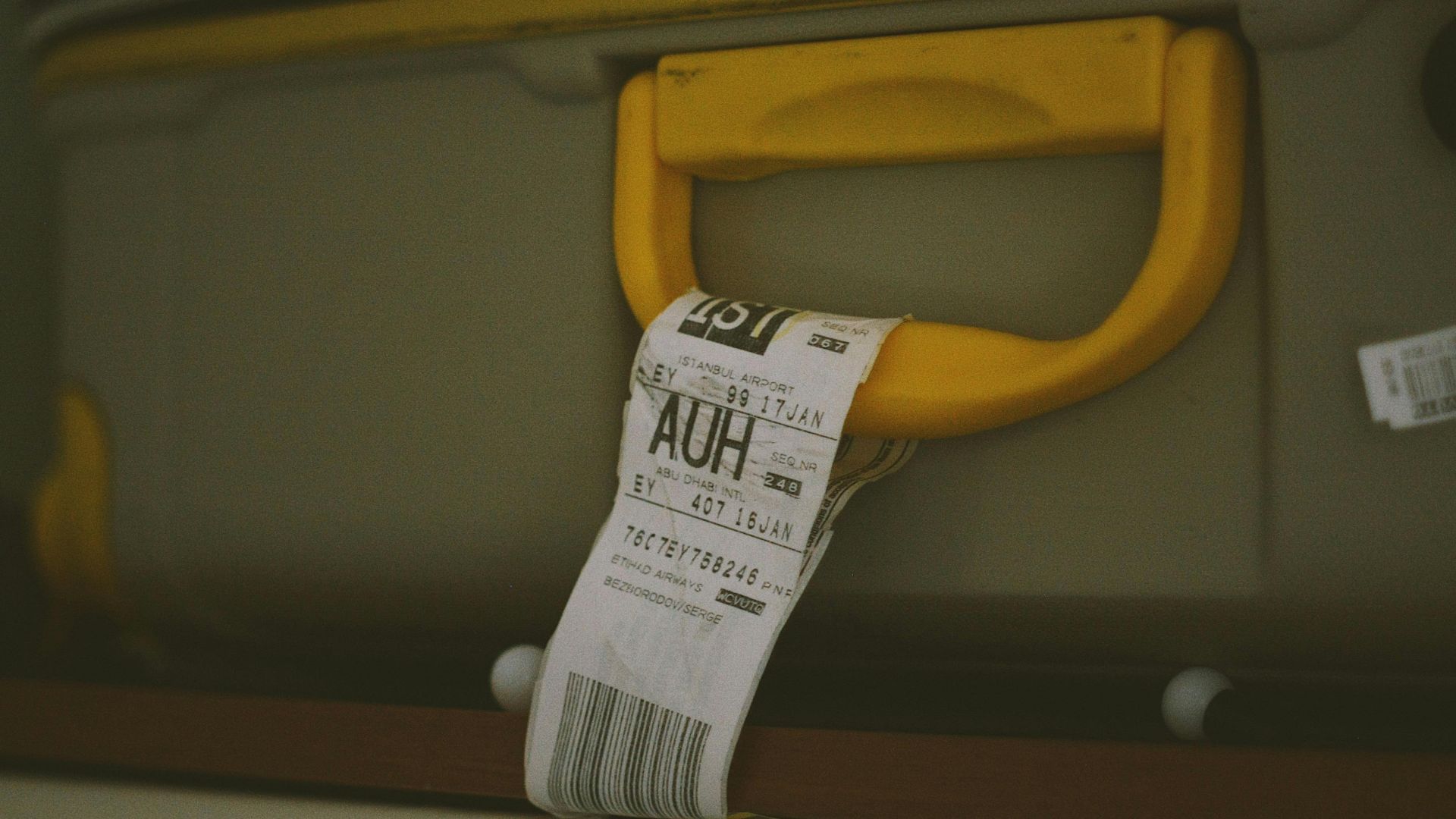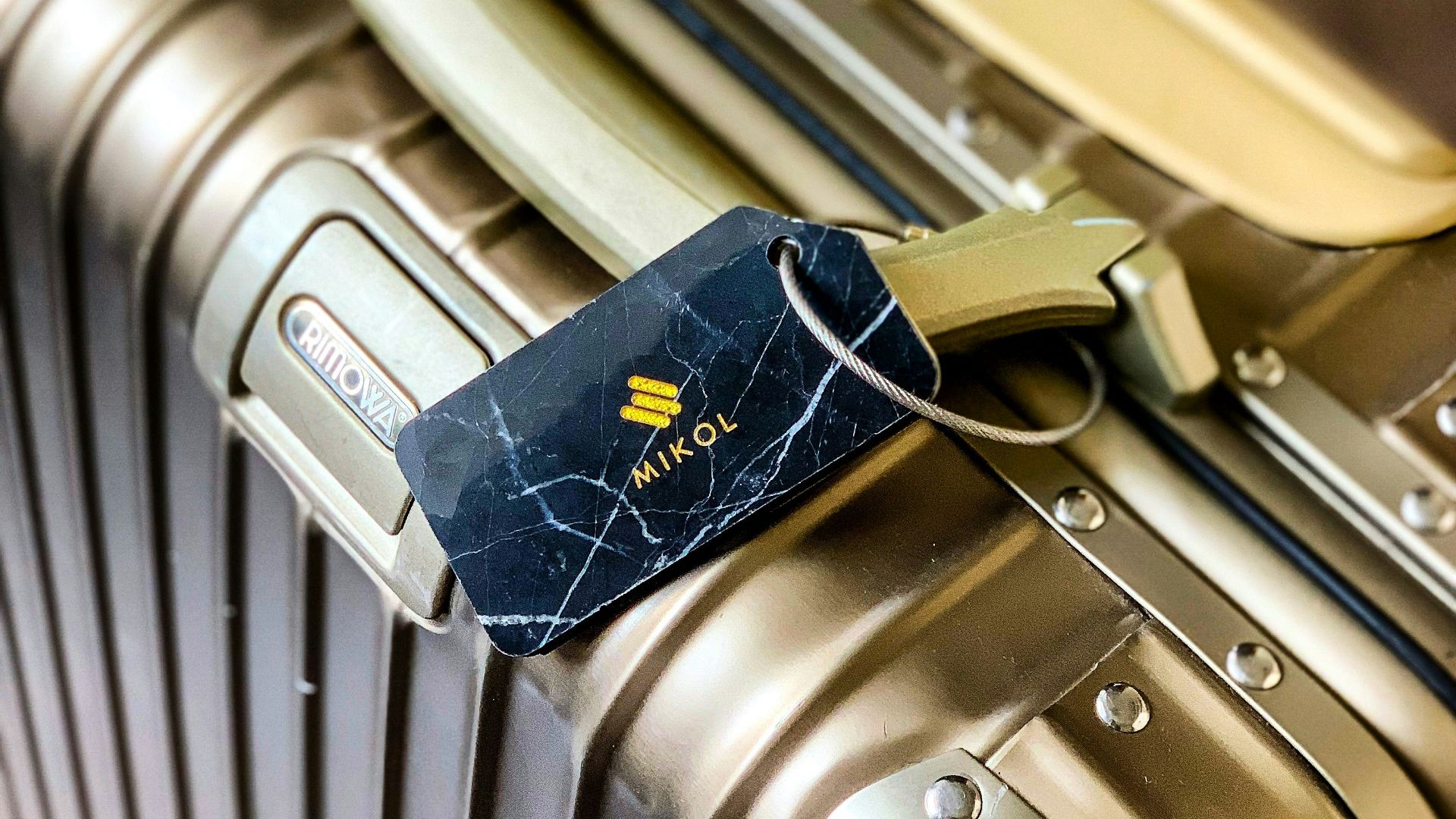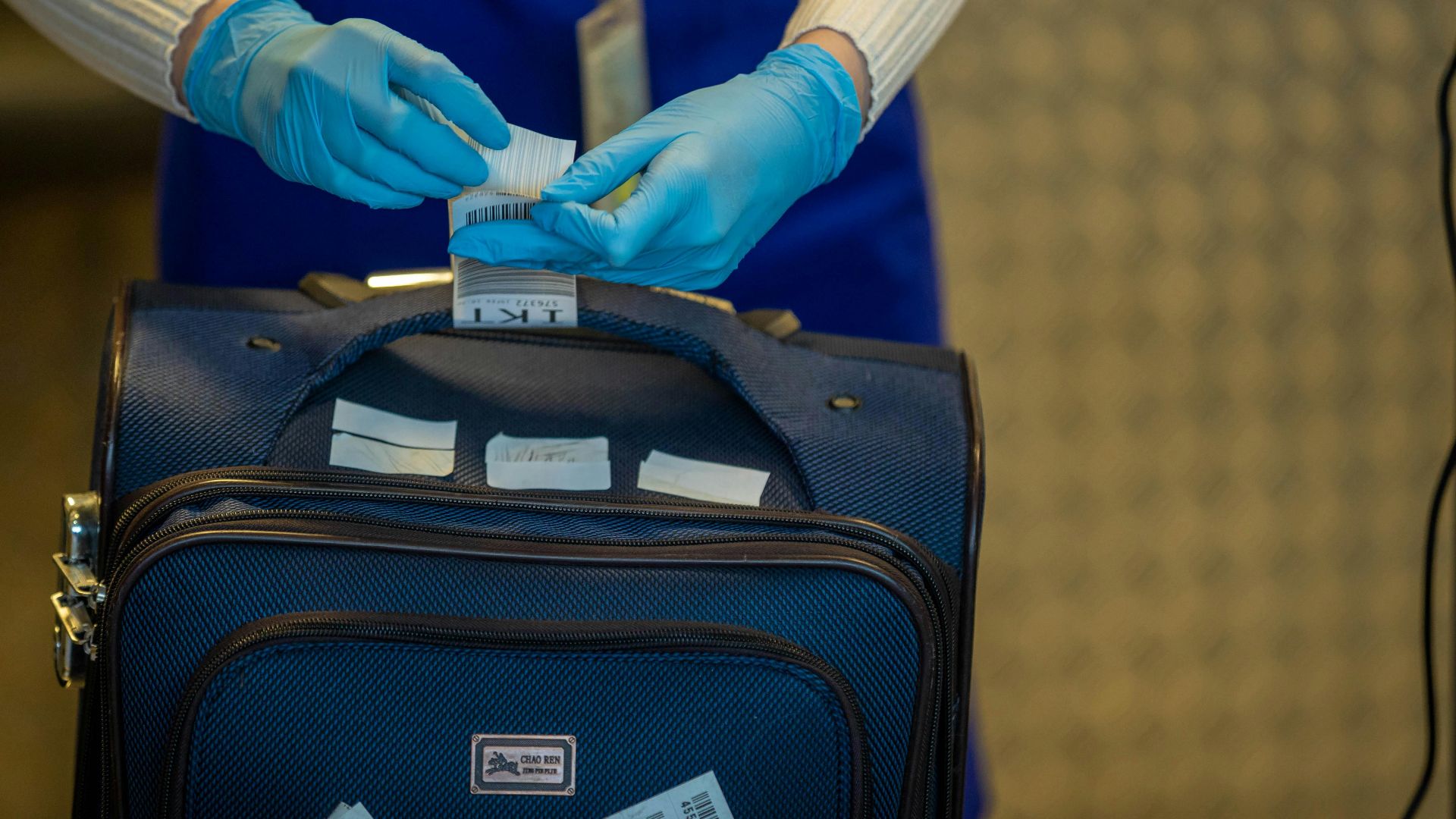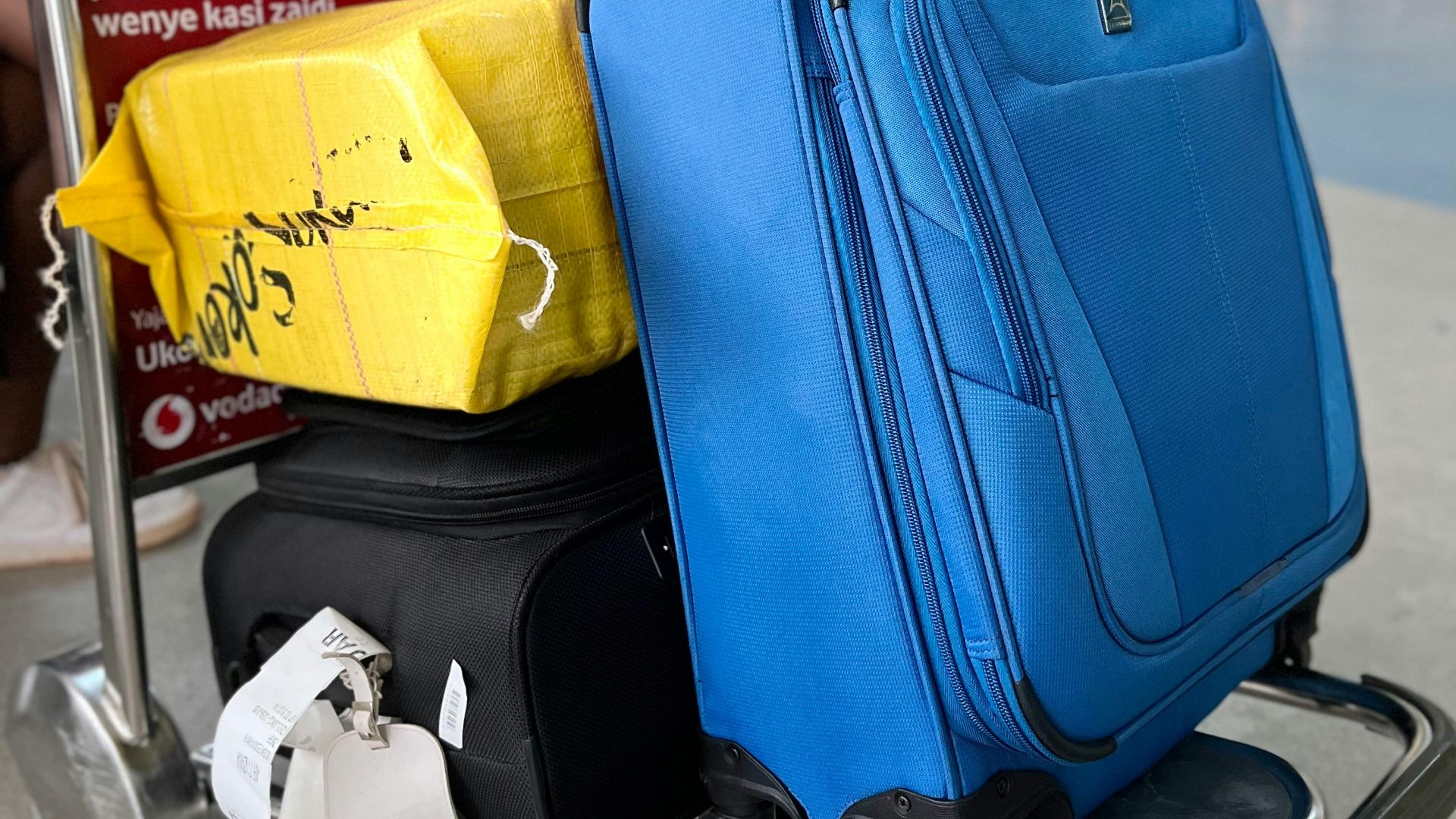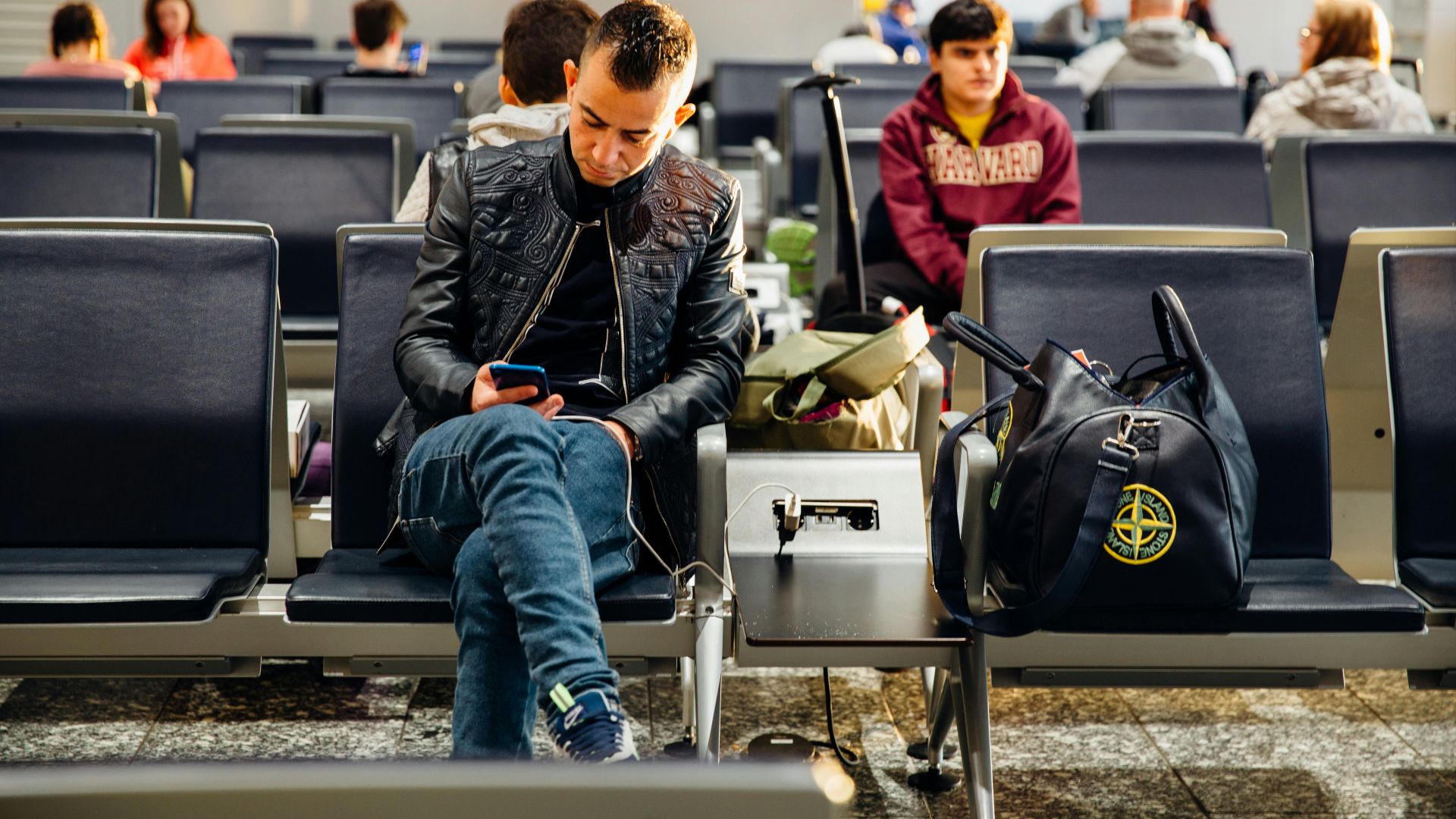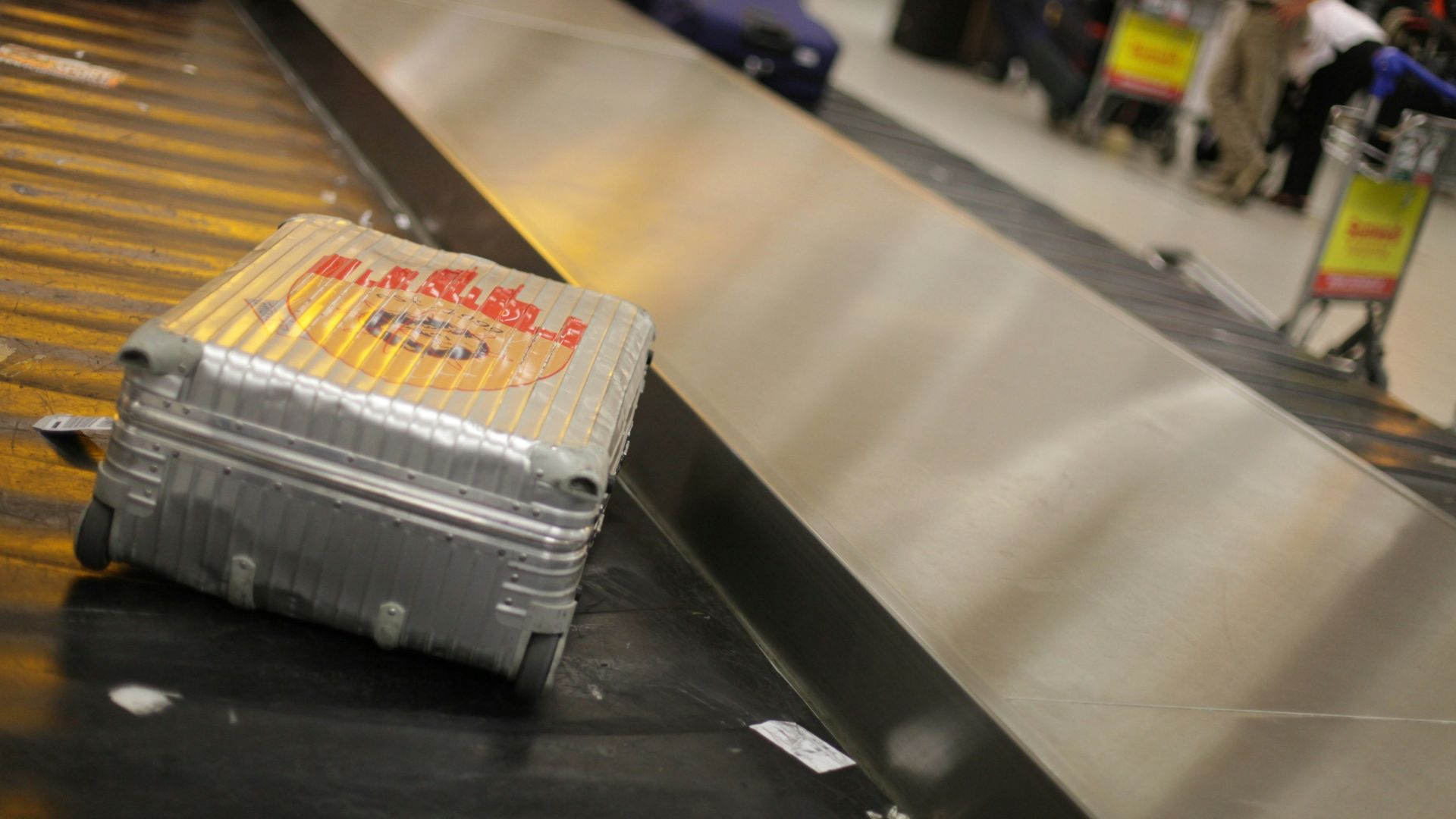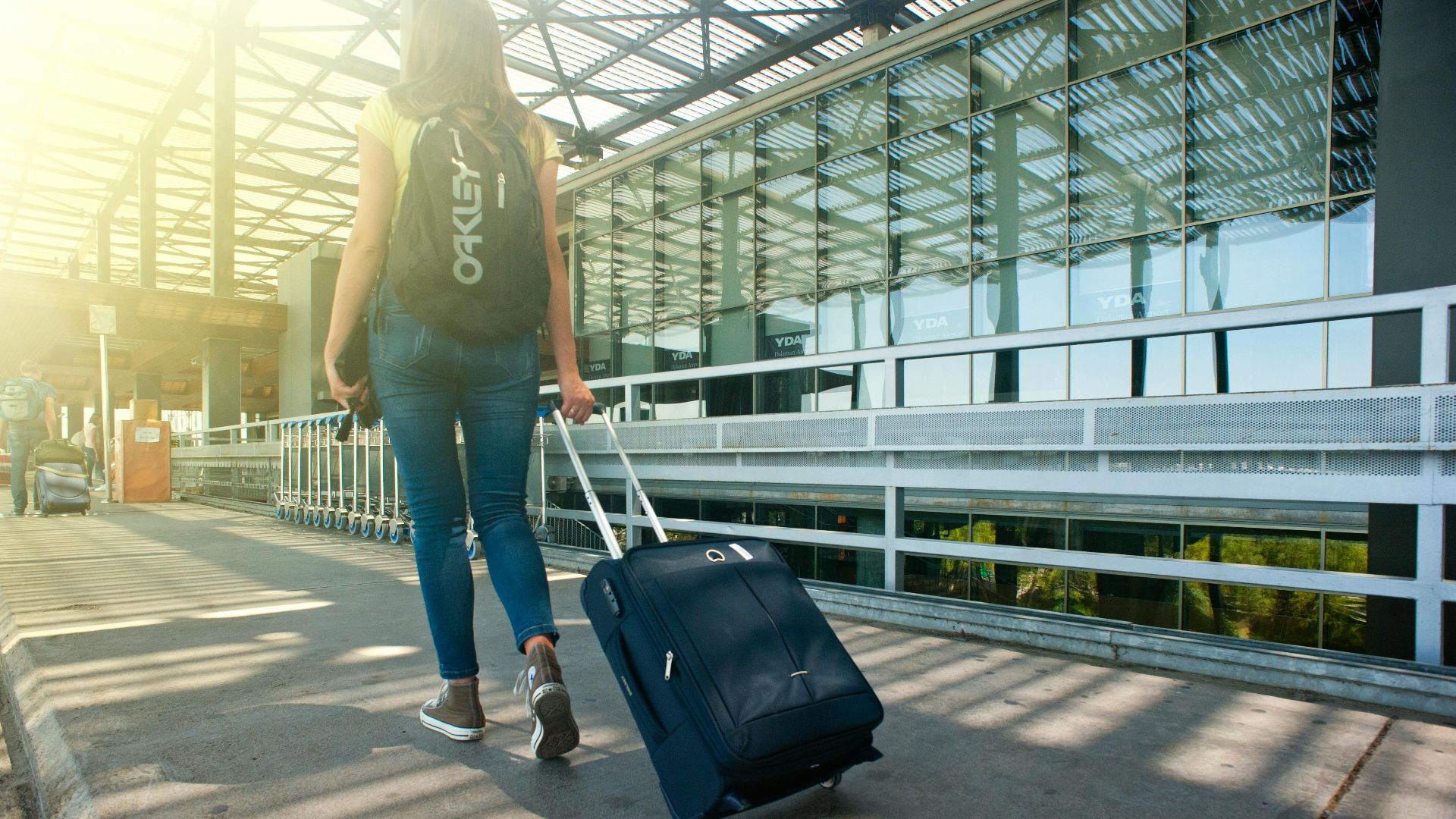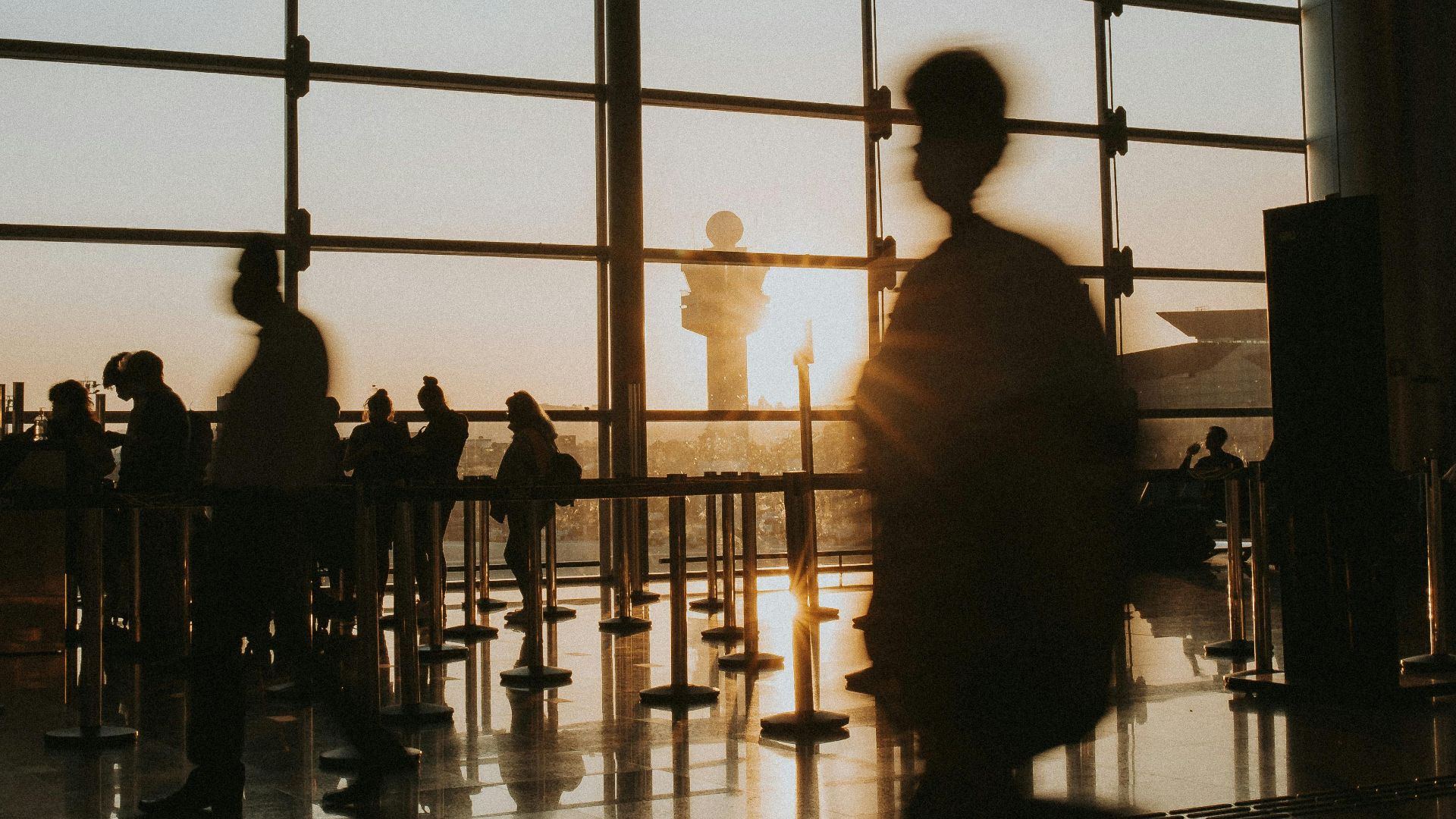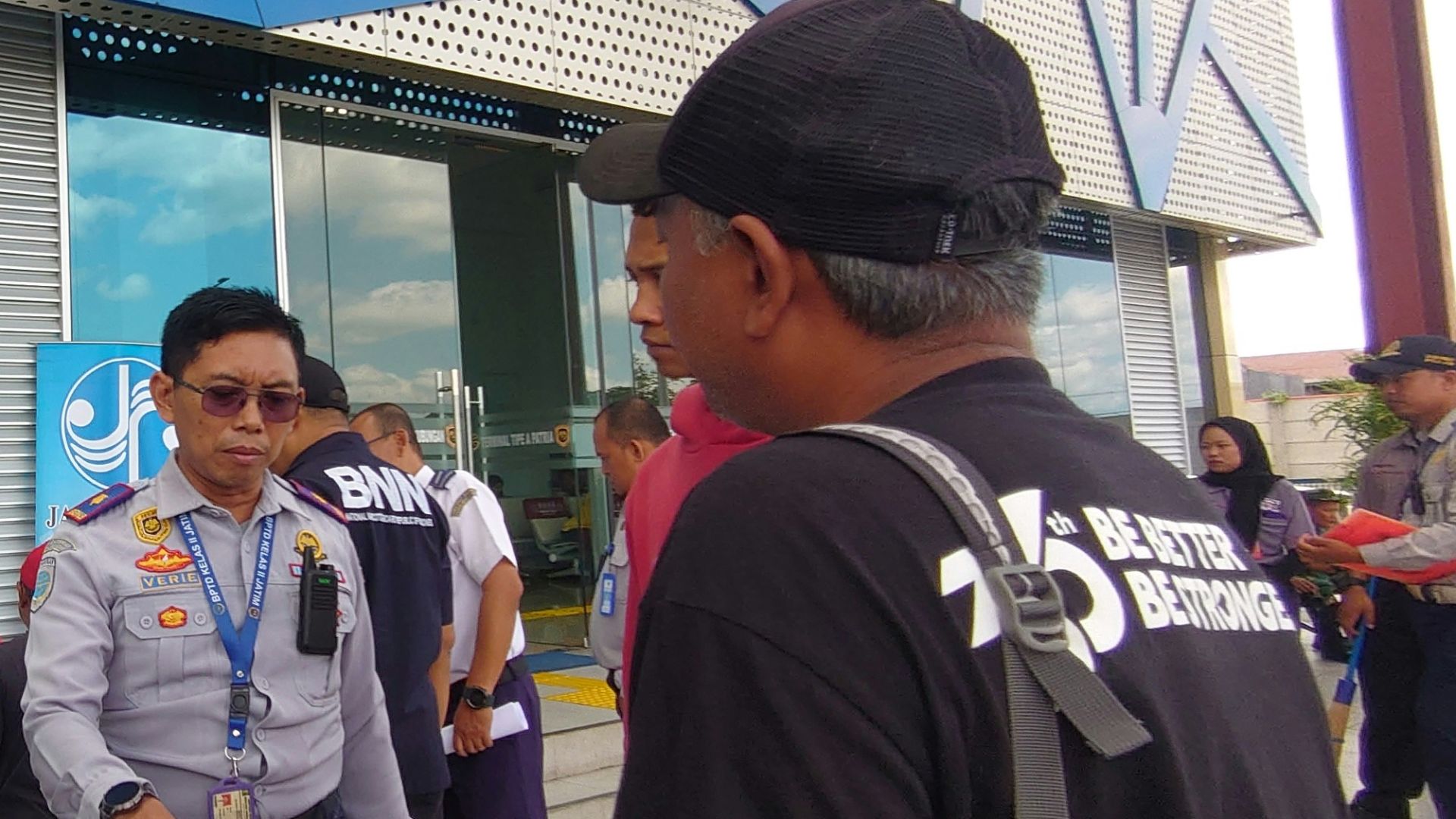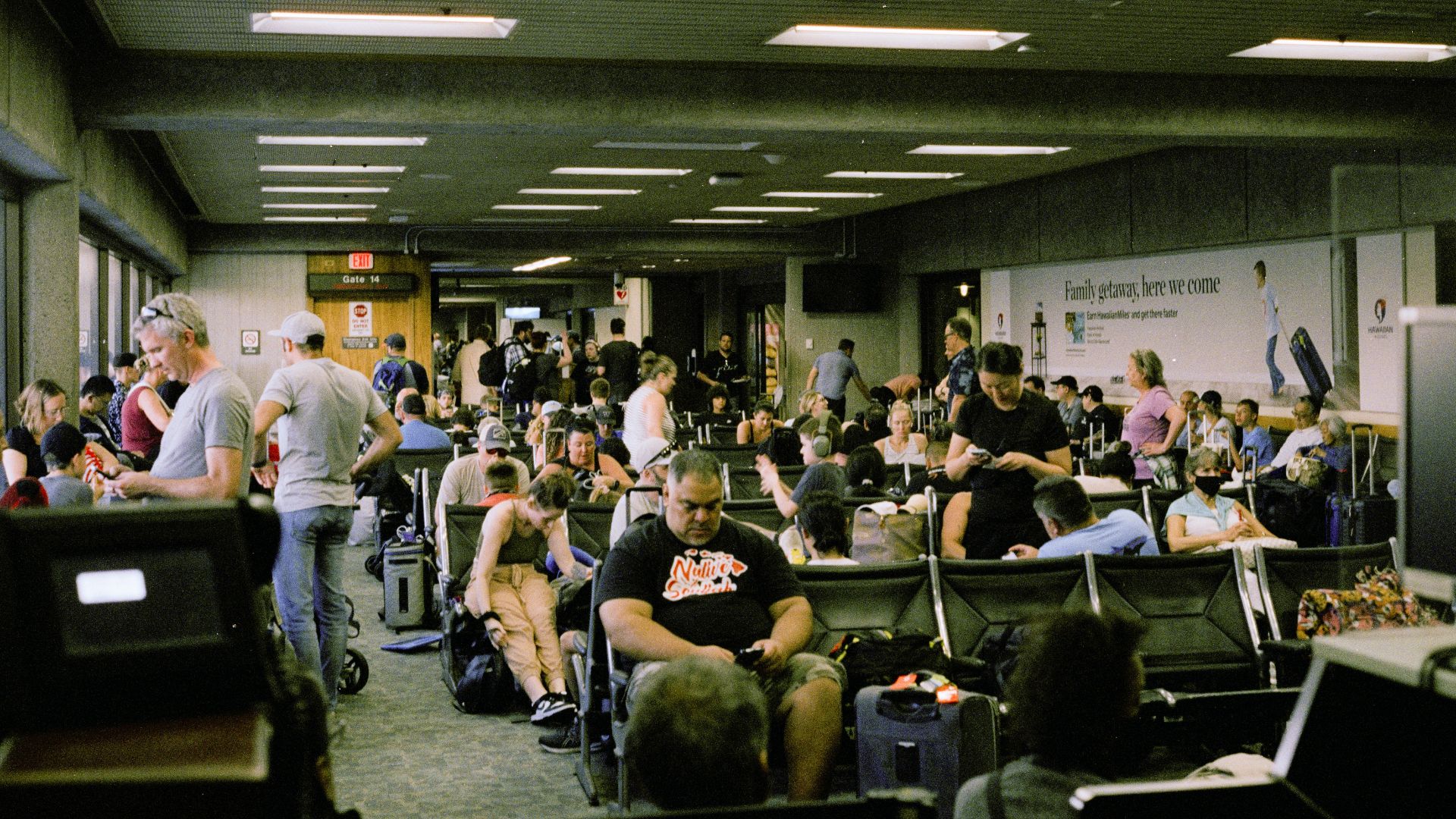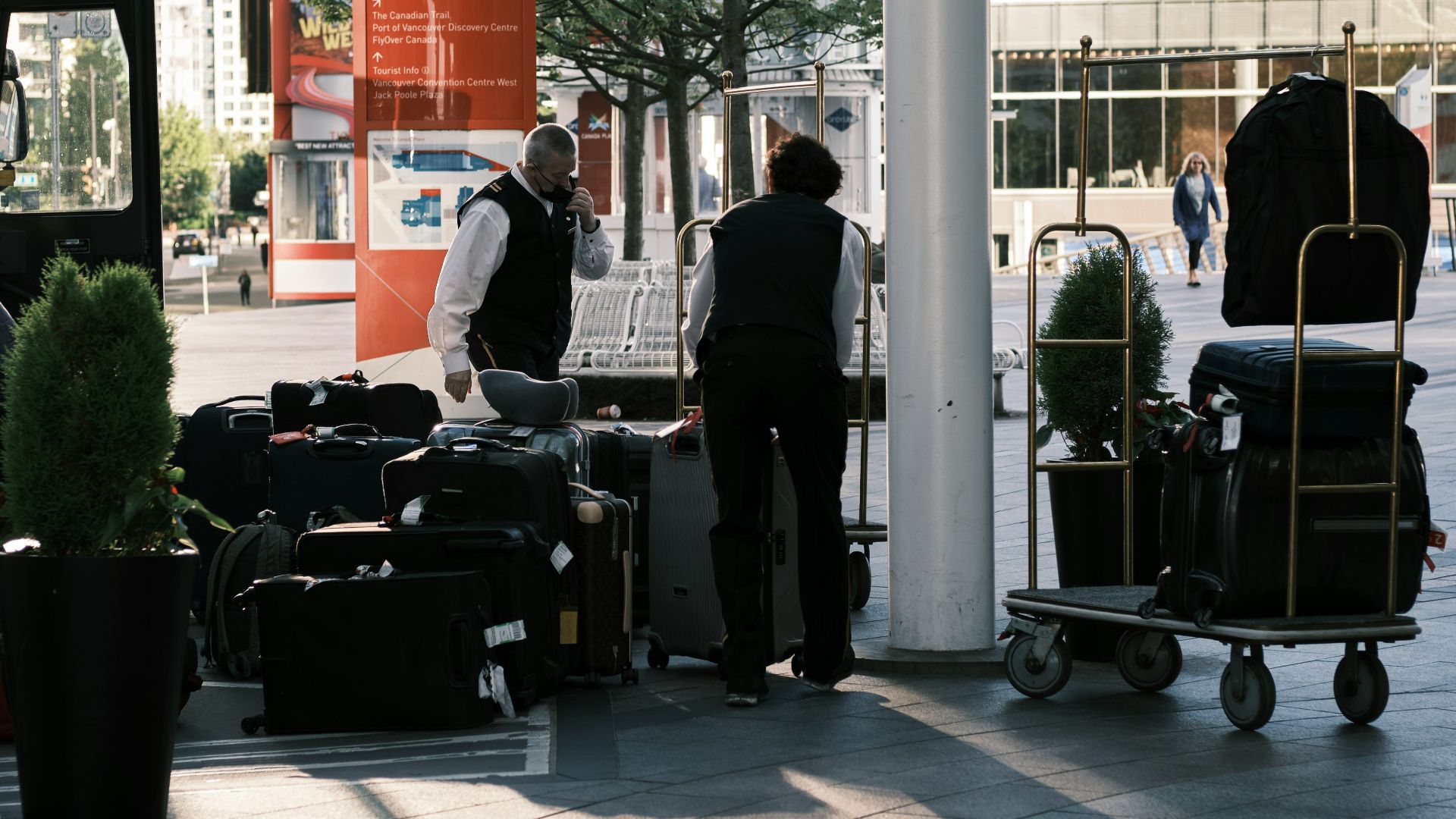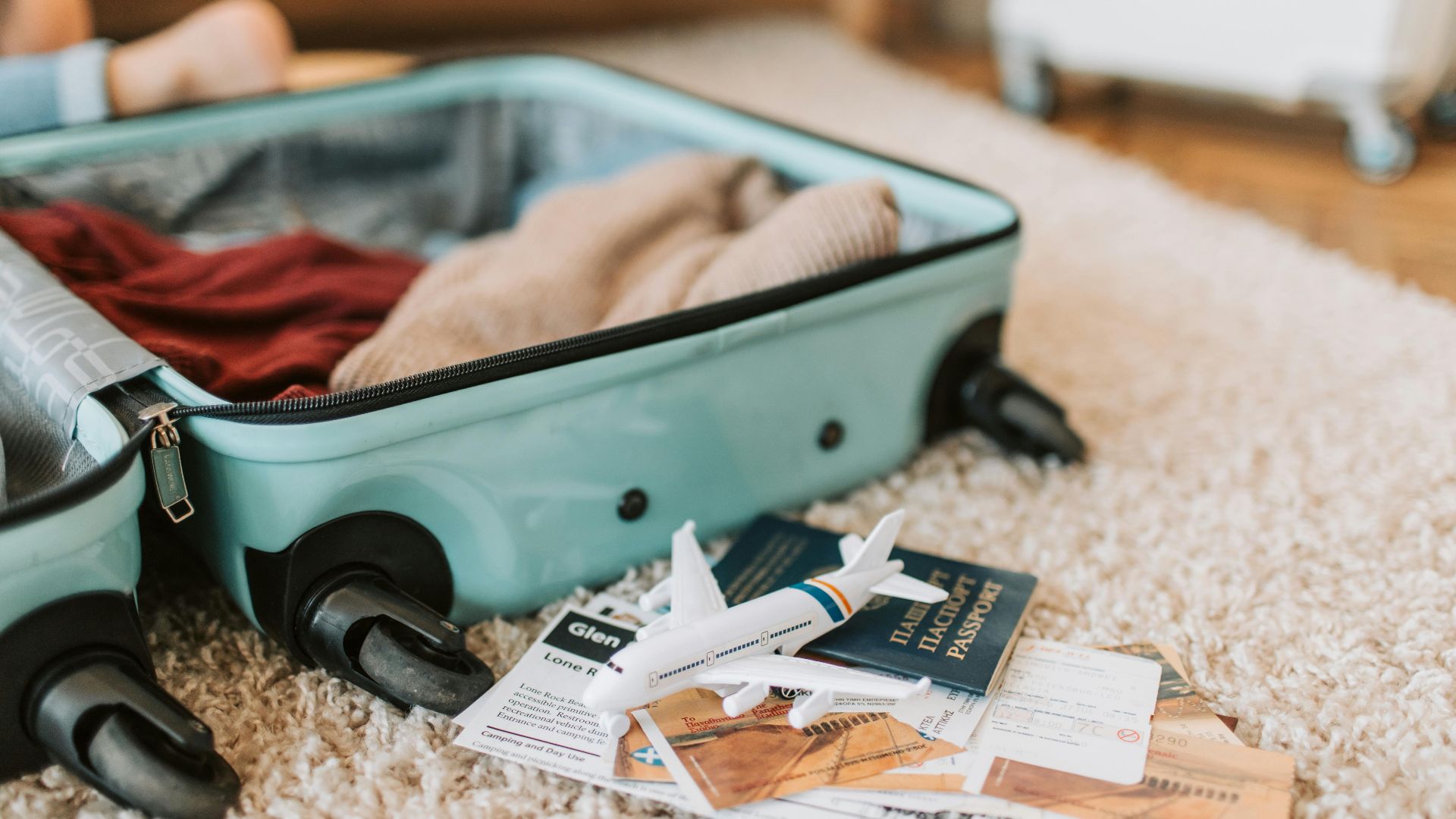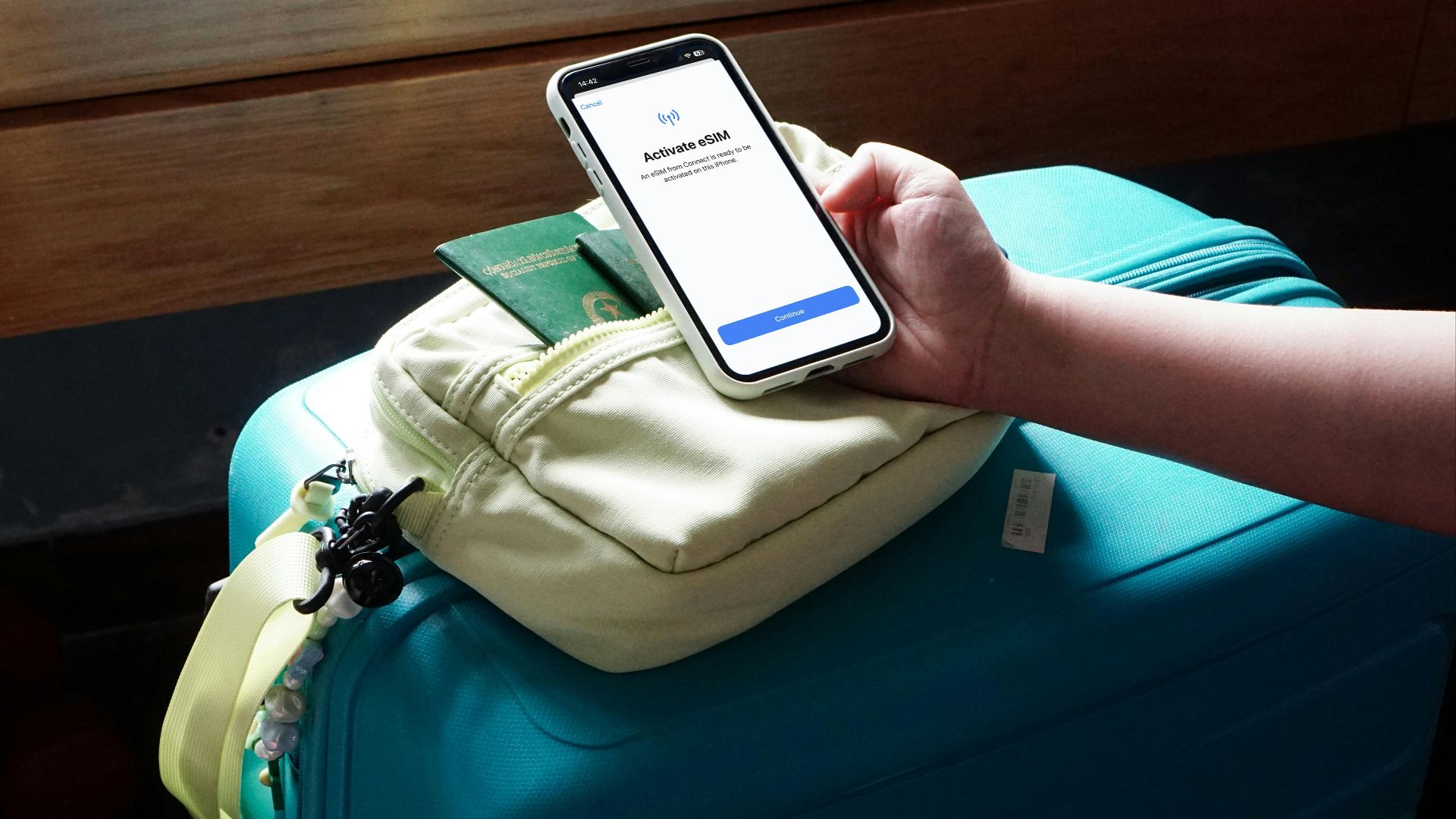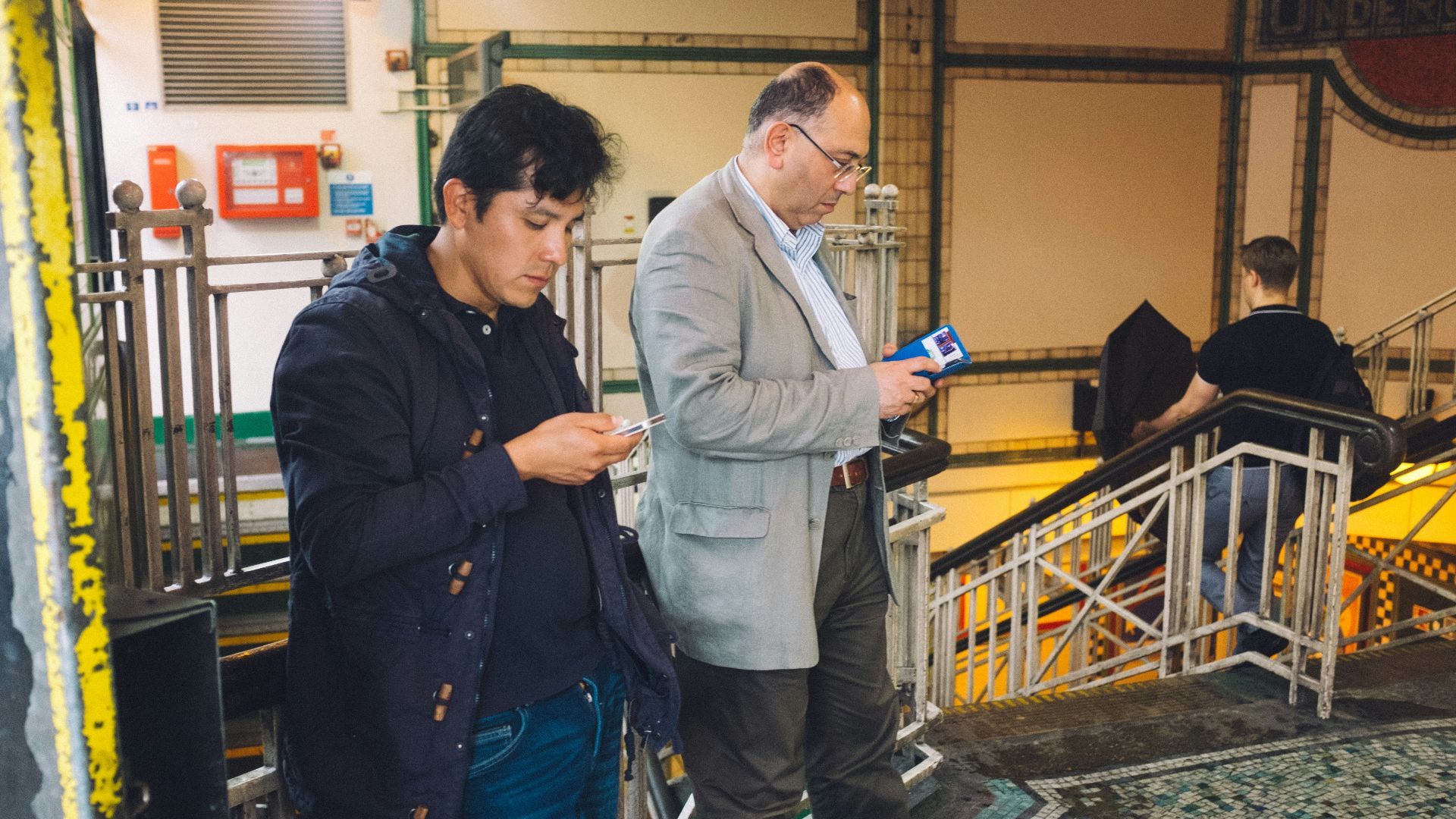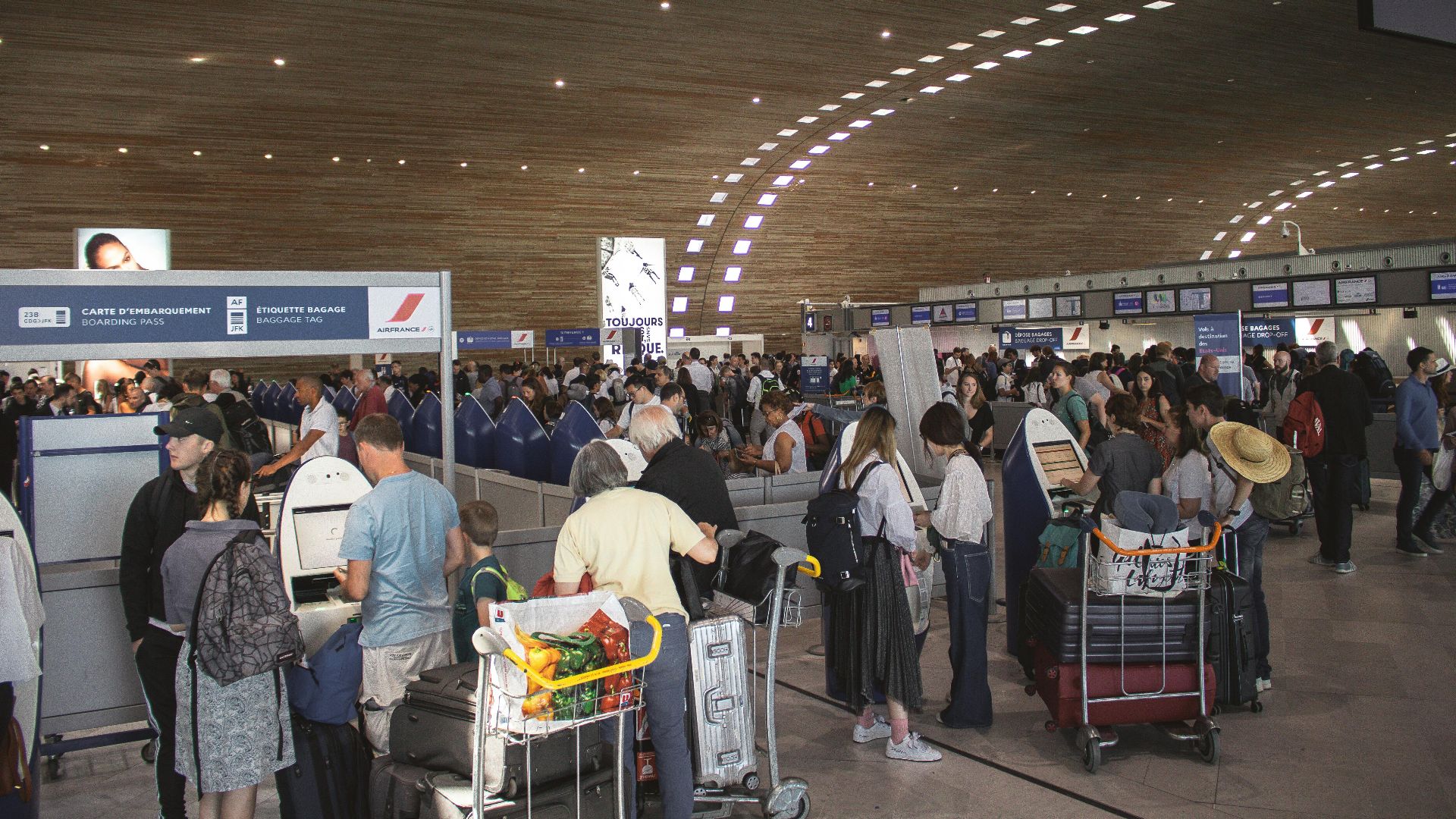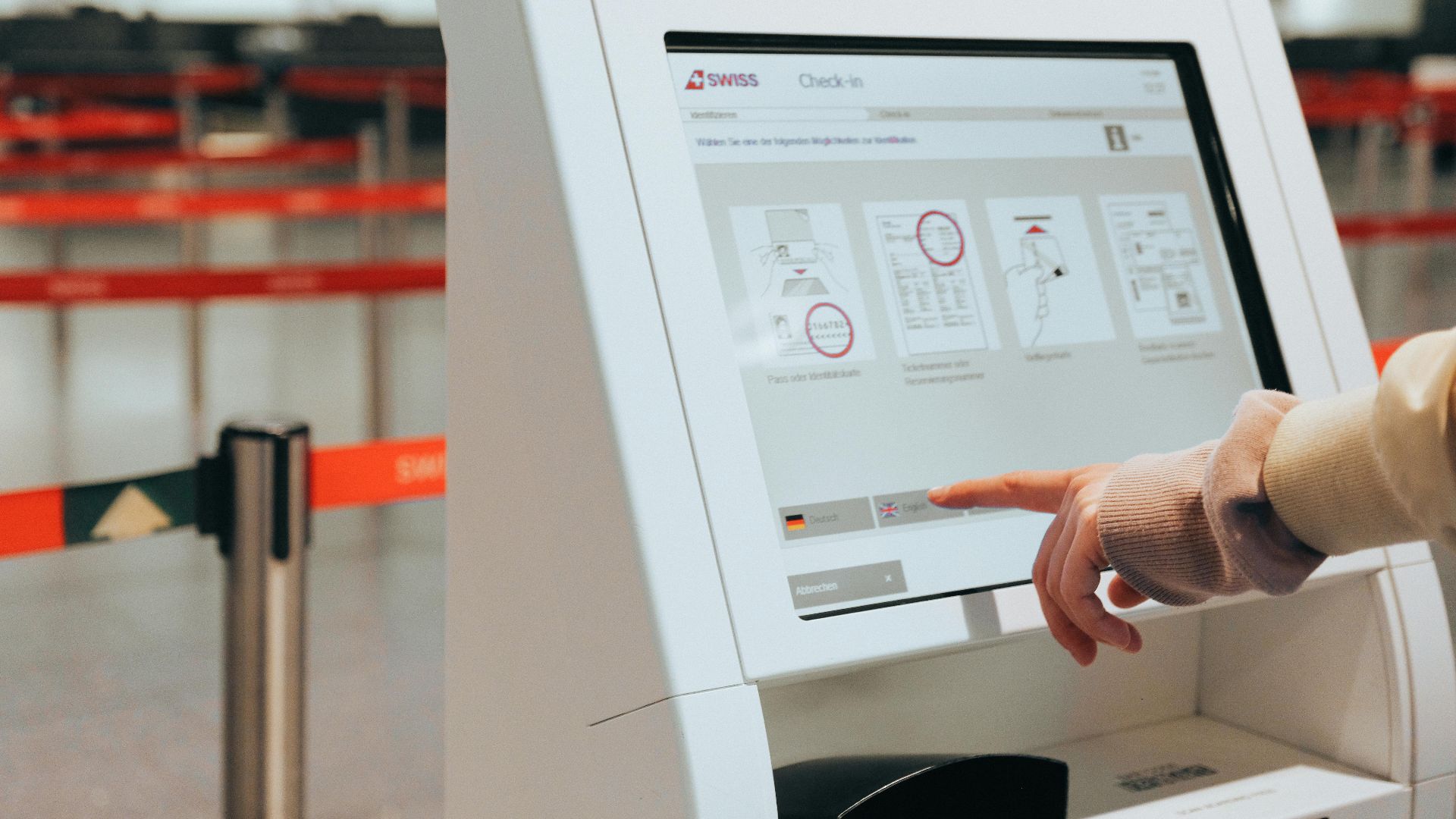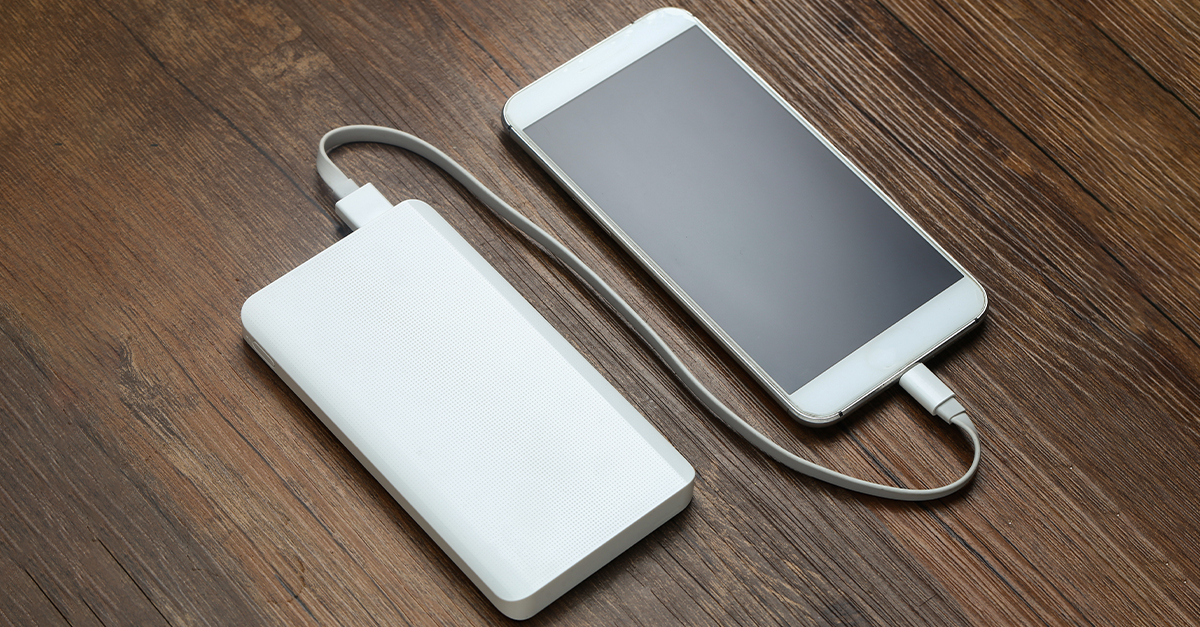Watch Out!
Air travel might feel routine again—but airport scams have evolved fast. Today’s thieves don’t always pick pockets; they collect data, exploit distraction, and prey on the small habits travellers overlook. From sneaky new luggage tag frauds to bold insider thefts, here’s what’s really happening—and how to stay one step ahead before your next flight.
That “Simple” Tag Toss Could Cost You
After a long flight, it’s tempting to rip off that luggage tag and toss it in a bin—but scammers are now watching for exactly that. Those tags include your name, flight number, and barcode—just enough to file false lost-luggage claims or access your travel record. One airline worker called it “the easiest con nobody notices.” The scam has been spotted from Atlanta to Heathrow.
How To Protect Yourself From Tag Scams
Keep your luggage tag until you’re off airport grounds, then destroy it—don’t just toss it in a terminal trash can. Shred or cut through the barcode before discarding it. And never post boarding passes online; barcodes reveal more than you think. One travel security expert told Fox 5 NY, “That sticker on your bag is basically your flight identity—treat it that way.”
When the Thief Works Inside the System
Sometimes the danger isn’t in the crowd—it’s behind the conveyor belt. Airports worldwide have reported insider thefts where baggage handlers quietly remove valuables or even entire suitcases. A traveler at Fort Lauderdale-Hollywood used an AirTag to trace his “missing” bag—straight to an airport employee’s home. Similar incidents have surfaced in Spain and the Philippines, showing just how deep these schemes can go.
How To Outsmart Insider Theft
Hide a tracker like an AirTag or Tile in your checked luggage—it’s the simplest way to follow your bag’s path. Always lock main zippers with TSA-approved locks and stash valuables in your carry-on. If your bag doesn’t appear, file a Property Irregularity Report before leaving the airport. As one travel insurance rep put it, “You’d be shocked how often the first report is the one that gets results.”
The Carousel Grab-and-Go
Picture this: you’re scrolling your phone while waiting for your bag. A stranger lifts a similar-looking suitcase—and walks away. It happens daily. Organized groups target busy carousels, knowing most travellers don’t notice until it’s too late. In one case at LAX, a woman used an AirTag to track her stolen suitcase to another terminal. In Adelaide, multiple bags vanished mid-arrival before security cameras even caught on.
Stay One Step Ahead at Baggage Claim
Don’t drift from the carousel. Stand close, stay alert, and grab your bag immediately. Mark your suitcase with bright tags or colored straps so it’s unmistakably yours. If it’s missing, alert staff before leaving the area. Airports say the first ten minutes matter most. And again—trackers work. “It’s like a digital leash,” one traveler joked after recovering his stolen luggage through his phone.
Digital Danger: Barcodes, QR Codes, and Fake Wi-Fi
Even tech-savvy travellers fall for modern tricks. Scammers now scan luggage barcodes or boarding pass QR codes—sometimes just from a photo—to pull your name, itinerary, or frequent flyer info. Some even send fake “lost bag” texts that lead to phishing links. Meanwhile, bogus airport Wi-Fi networks collect logins, turning one layover into an identity-theft goldmine.
Protecting Your Info on the Go
Keep personal info on luggage tags minimal. Don’t show your address, and always face the tag inward. Never post trip details online until you’re home. Use verified Wi-Fi or your phone’s hotspot instead of “Free Airport Wi-Fi.” And if you get a text about a missing bag, verify directly with your airline—never click random links. Remember: convenience is often the bait.
The Bottom Line
Most of these scams work because travellers let their guard down at the end of a trip. But a few smart habits—keeping your tag, locking your bag, tracking your luggage, and guarding your data—can stop thieves cold. As one baggage agent put it, “Airports are designed for movement, not attention. The less you watch, the more they take.” Stay alert, travel smart, and don’t make it easy for them.
Fake Porters and “Helpful” Strangers
In crowded international terminals, fake porters pose as airport staff and offer to “help” with luggage. They seem friendly—until they vanish with your bag or demand an outrageous tip. Some even wear imitation badges or uniforms to appear official. Airports in Delhi, Manila, and Cairo have all issued warnings about these impostors working the arrival zones.
How To Spot the Imposters
Only accept help from uniformed staff stationed at official counters or areas clearly marked “Porter Services.” Avoid anyone approaching you directly after customs. Decline unsolicited offers and roll your own bags when possible. If someone insists on “helping,” ask to see their airport ID. A real employee won’t hesitate to show it.
The “Damaged Bag” Ruse
A newer scam targets passengers before they even leave baggage claim. Someone points out that your suitcase looks damaged—then offers to “help” file a claim or leads you toward an unauthorized kiosk. In reality, they’re distracting you while an accomplice takes your bag or wallet. Some even demand a fake “inspection fee.”
Stay Grounded When Someone Offers Help
If your bag is actually damaged, only deal directly with your airline’s baggage counter. Don’t let strangers touch your belongings or walk you anywhere. And never pay on the spot for a repair, inspection, or “security clearance.” If it sounds unusual, it probably is.
The Luggage Swap Trick
Thieves have gotten bolder with “accidental” bag swaps—intentionally taking a suitcase that looks like yours, then claiming confusion later. Some even fill a similar bag with cheap items and switch it before you notice. At busy hubs like JFK and Dubai, authorities say this scam has become surprisingly common.
How To Prevent the Swap Scam
Mark your bag in a way that’s obvious and hard to duplicate—a bright strap, patterned tag, or even colored duct tape. Add your name inside the bag, too, in case labels are removed. Always double-check luggage tags before leaving the airport. It’s one of those small steps that prevents a very big headache.
The “Lost Bag Text” Phishing Scam
You’ve just landed, and your phone buzzes: “Your luggage has been delayed. Click here to confirm delivery.” Looks official—but it’s fake. Scammers are sending texts that mimic airline claim alerts, complete with logos and flight numbers. The link steals payment info or login credentials once you “confirm” your identity.
How To Avoid Travel Phishing Traps
Airlines never ask you to verify baggage information through random links. Always check your airline’s official app or website. If you get a message about a missing bag, go to a staffed counter before clicking anything. Report suspicious texts to your carrier or the airline’s fraud department immediately.
The Overweight-Bag Payment Con
Some scammers hang around check-in lines claiming to be “luggage fee agents.” They use fake tablets or uniforms, saying your bag is overweight and must be paid for on the spot via card or mobile wallet. The money goes straight to them—and you’ll still have to pay again at the real counter.
Avoid the Fake Fee Setup
Pay baggage fees online or at official airline desks only—never in the line itself. Real agents don’t wander around processing payments. If anyone claims your bag needs a fee, confirm directly with your airline before handing over money or scanning a QR code.
“Juice Jacking” and Power Port Traps
While not technically a luggage scam, it’s become part of the airport fraud landscape. Hackers set up compromised USB charging ports or “free power banks” that secretly extract your phone’s data. That can include everything from passwords to saved boarding passes or digital wallet info.
How To Charge Safely
Stick to wall outlets and use your own charger or power bank. Avoid public USB ports labeled “Free Charge.” A $10 plug adapter is safer than risking a compromised phone. As the FCC bluntly put it: “Free charging can come at a high cost.”
You Might Also Like:
Ranking The Most Dangerous Cities In The World—According To Crime Indexes
What Flight Attendants Wish All Travelers Knew

